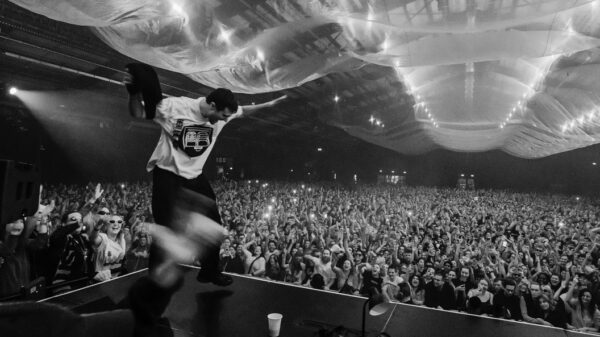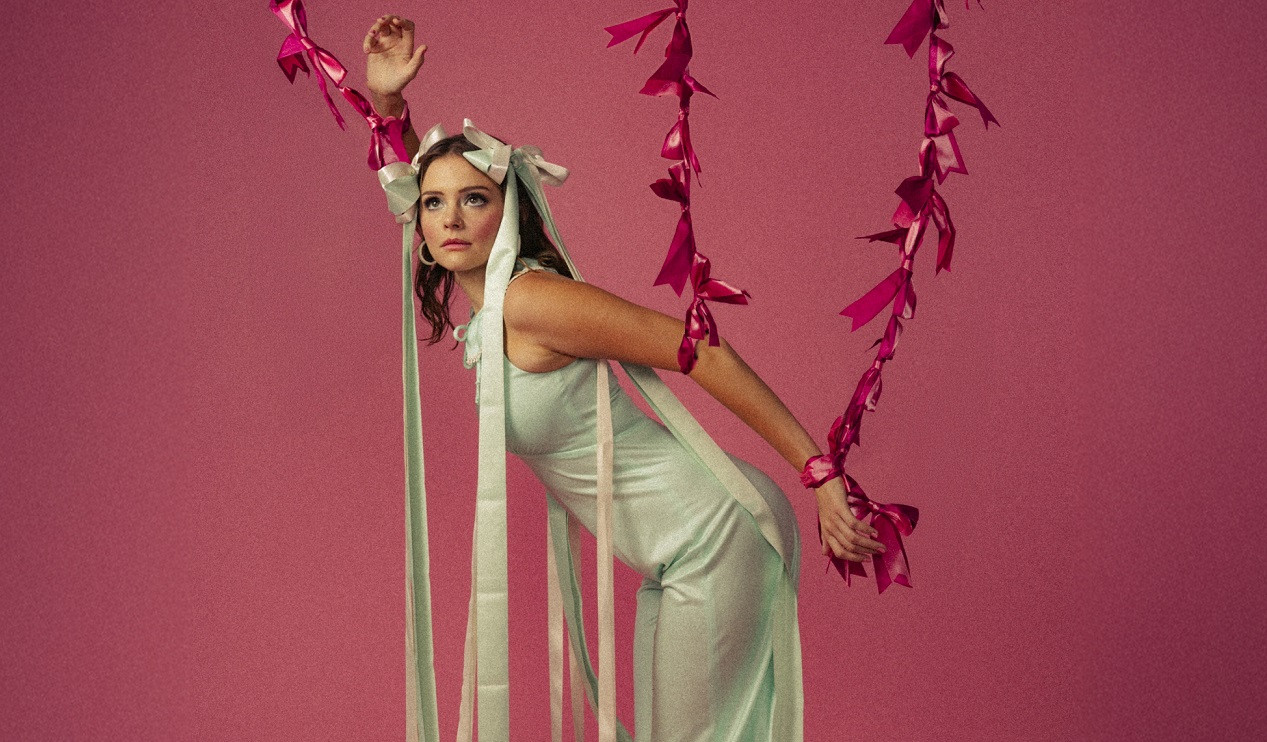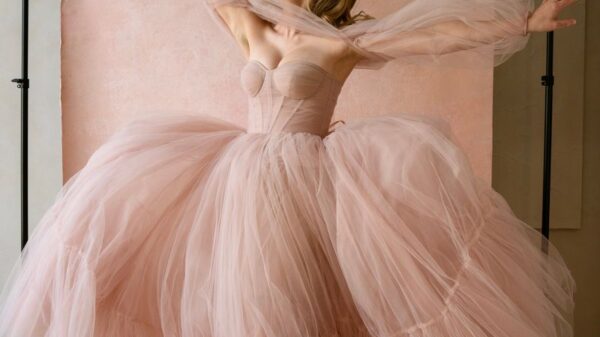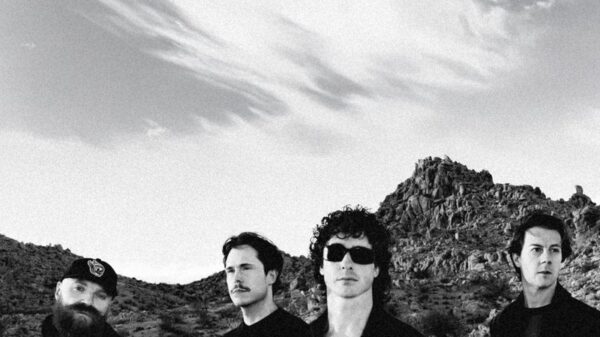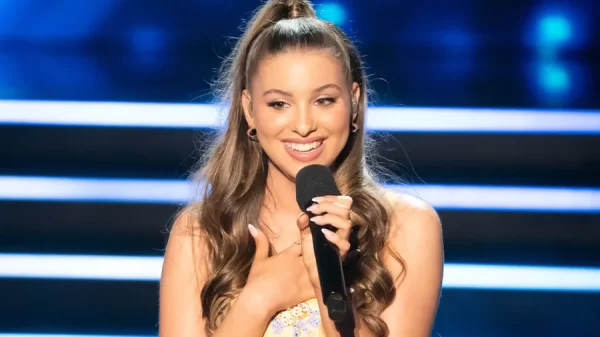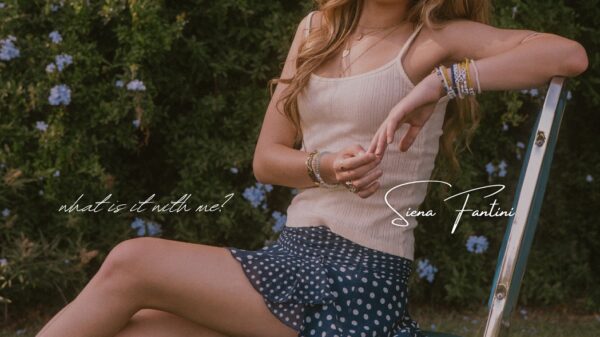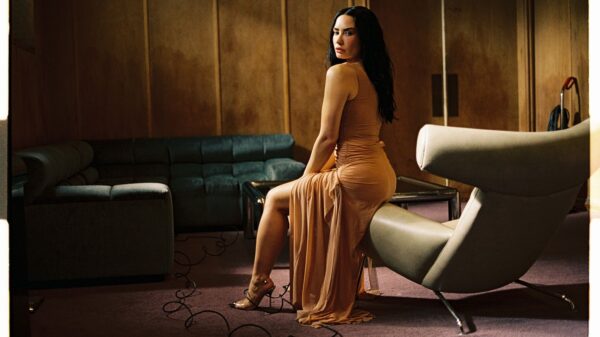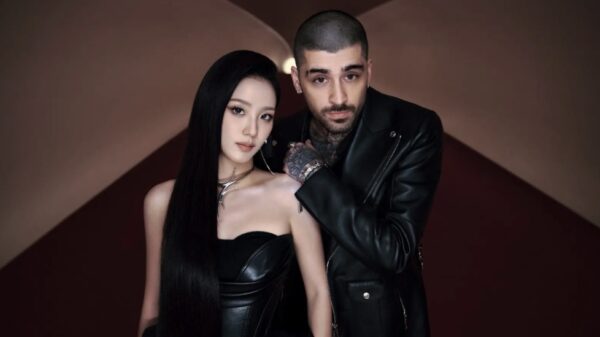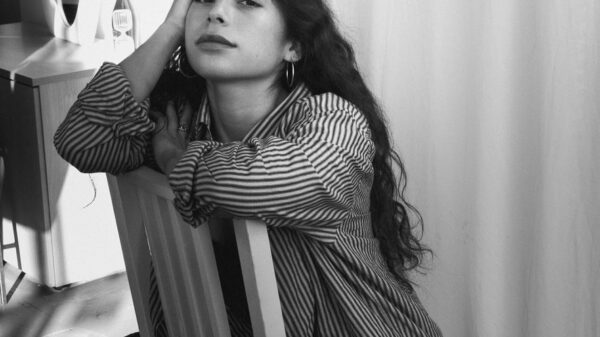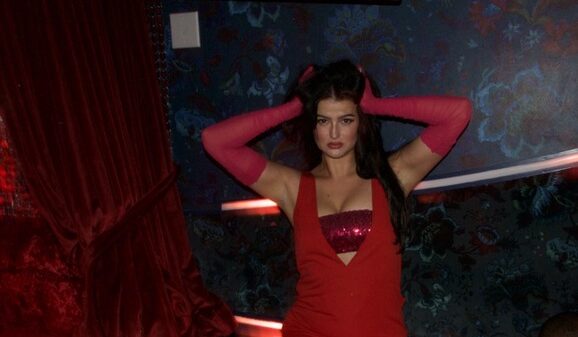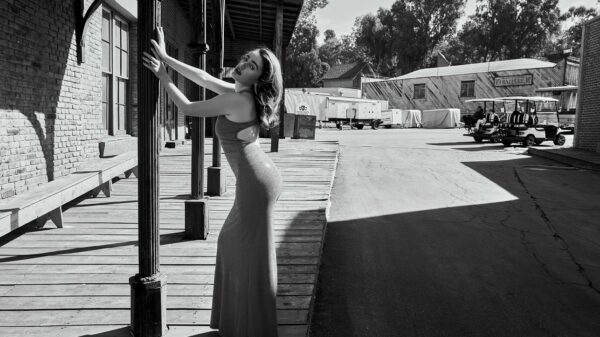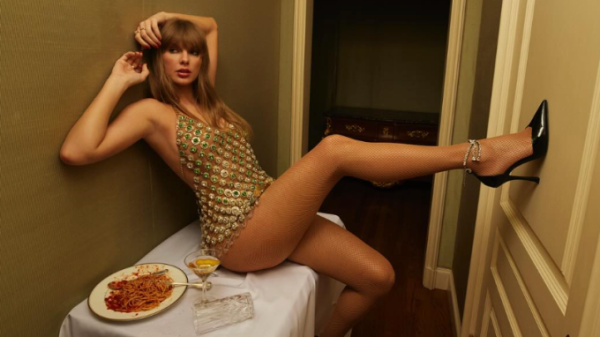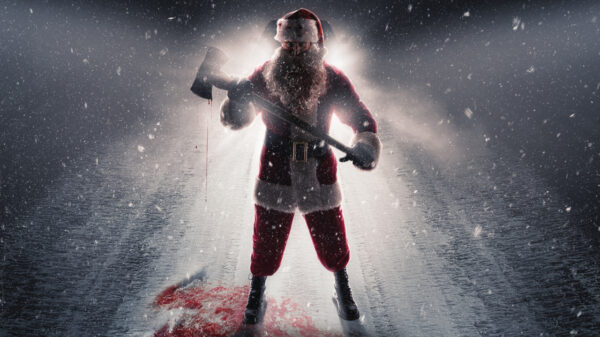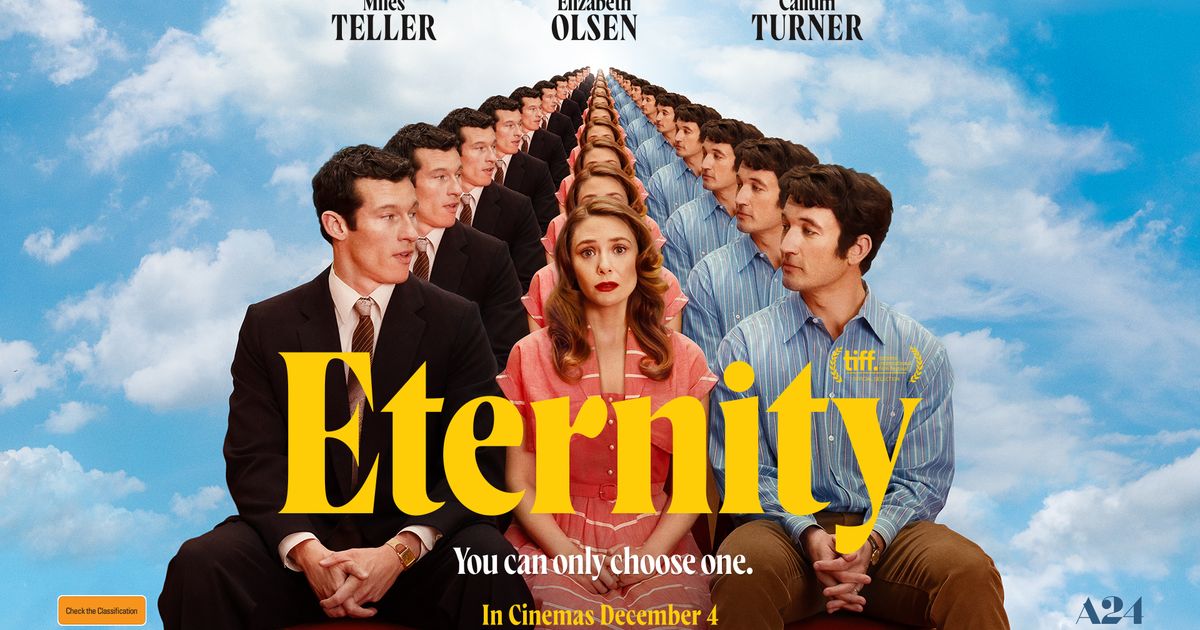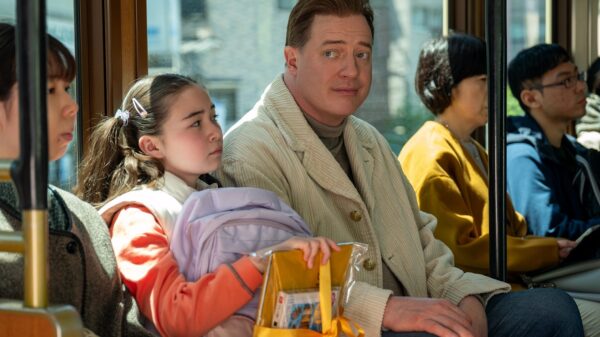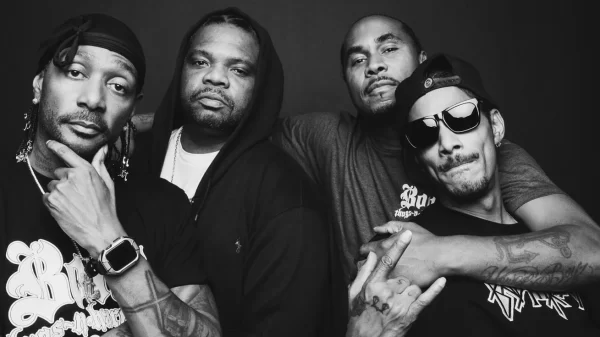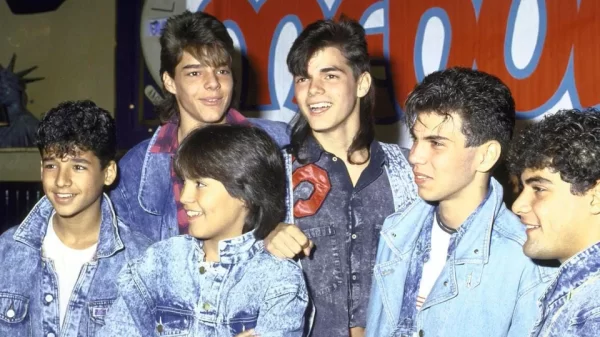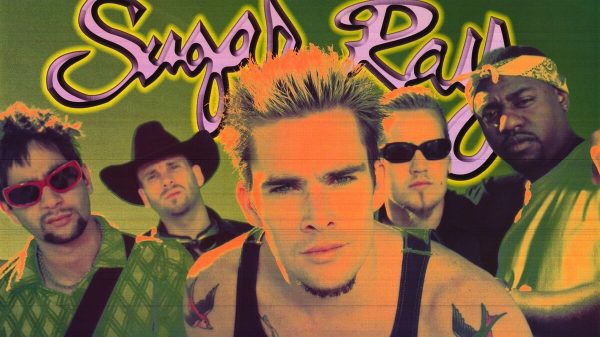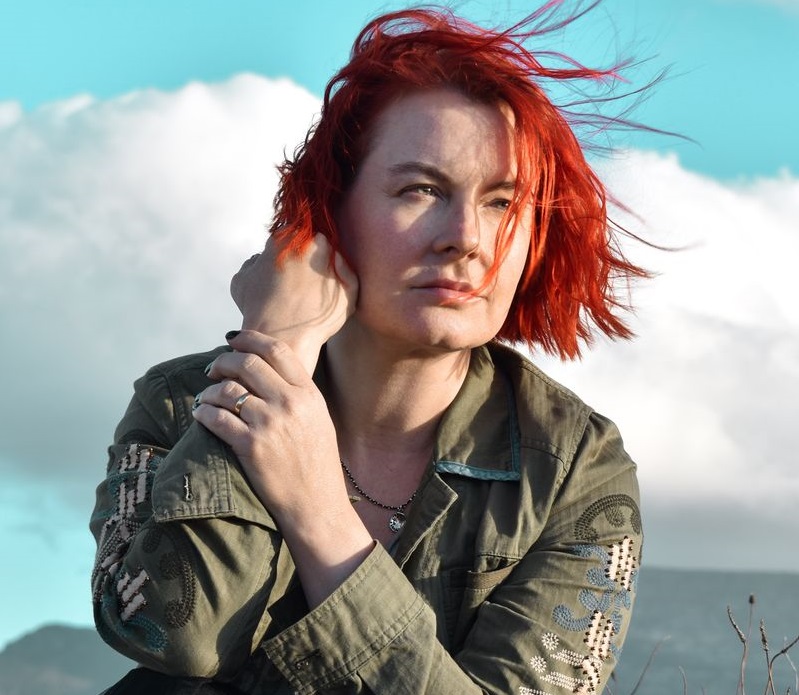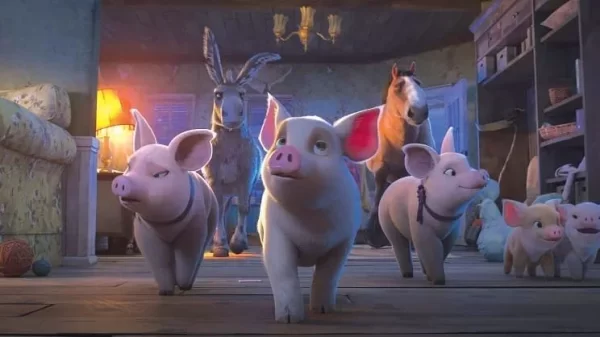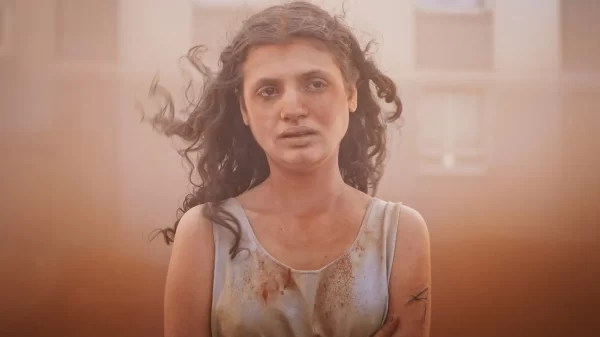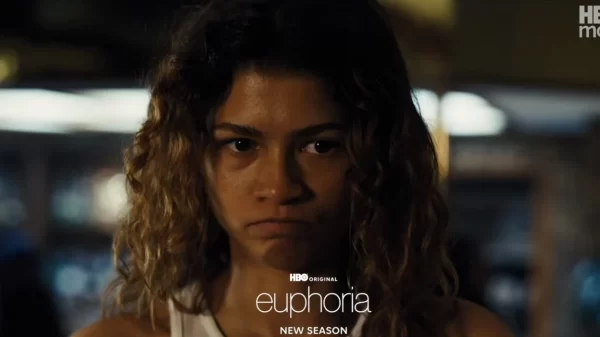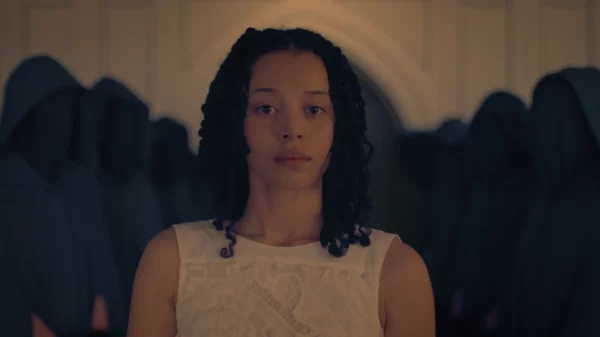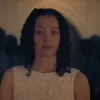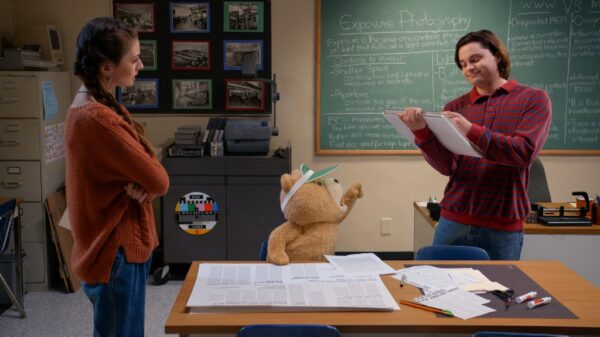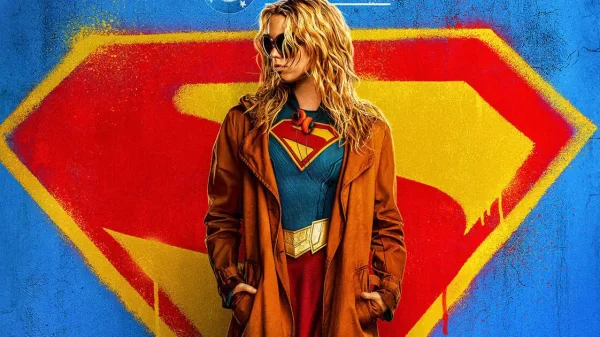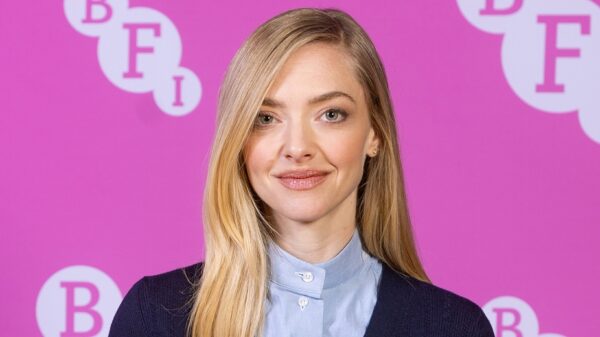We introduce you to visionary filmmaker Danishka Esterhazy, whose unparalleled storytelling and fearless approach to the genre continue to make waves in the world of cinema. Danishka’s latest project, Sony’s Sniper: The Last Stand, marks a thrilling chapter in her already impressive career. With her signature attention to detail and dynamic direction, she takes the action genre to new heights.
Danishka Esterhazy is one of the most compelling voices in contemporary genre filmmaking, blending bold visuals, character-driven stories, and a mastery of suspense and action. Known for transforming genre conventions, she has earned critical acclaim for her work on:
- The Banana Splits (Warner Bros) is a chilling reimagining of a childhood classic.
- The 2021 remake of Slumber Party Massacre offers a fresh, feminist twist on a cult horror favorite.
- I Was Lorena Bobbitt, a project that won her the prestigious DGC Award and a Canadian Screen Award for Best Direction.
Danishka has also proven her versatility in producing and directing on Syfy series like SurrealEstate and Astrid & Lilly Save the World while contributing to Ginny & Georgia for Netflix. Her diverse portfolio demonstrates her ability to craft thrilling, engaging narratives across multiple genres.
Danishka welcome to OLC! So, Sniper: The Last Stand marks your foray into action filmmaking. Can you tell us a bit about the film and what drew you to this genre and this film in particular?
Well, I’ve been a big fan of action movies since I was a kid. From Bond movies to Bourne movies to John Wick – I love a great action flick. I mostly direct horror and thrillers, but I’ve had the opportunity to work with stunt coordinators and fight choreographers in both my film work and my TV work. And I’ve been dying to shoot more action. So, when I got the call to direct Sniper: The Last Stand – I jumped at the chance.
Your work often challenges and reimagines genre conventions, as seen in Slumber Party Massacre and The Banana Splits. How do you bring your unique perspective to the action genre in Sniper: The Last Stand?
My main goal with STLS was to call back to the earlier films in the franchise. The films that explored military missions, the emotional and moral demands of serving as a soldier. I was less interested in the G.R.I.T. team and more interested in gritty life-and-death battles. The script by Sean Wathen has amazing fight scenes so I had lots of great material to work with. I focused on ways to elevate those fight sequences.
Practical effects and a military boot camp for the cast were key elements in Sniper: The Last Stand. Can you tell us more about the creative decisions behind these choices and how they contributed to the authenticity of the film?
In some ways, it is a challenging time to shoot action films due to the fallout from the tragic accident on Rust. But I’ve had guns on my sets from my very first feature film and I know that gunwork can be done safely. The disregard for gun safety on Rust was an abnormality. The gun armorers that I have worked with would never allow those kinds of safety risks. So, I fought for the use of blanks and squibs on set. Practical gun effects look better, and they help the actors immensely. They bring energy and authenticity to action scenes that VFX muzzle flashes cannot match.
I also fought for military boot camp training. Our returning cast (Chad and Ryan) did not need additional training. But even they appreciated the opportunity to train as a team. To awaken muscle memory and receive instruction from real soldiers. That kind of prep makes a huge difference.
And I went to the shooting range to fire Beckett’s Cheytac Praetorian sniper rifle. I wanted to feel the recoil, the kick, and hear the sounds of that rifle. It’s a massive weapon and I wanted to see how it looked firing live rounds before we loaded it with blanks. It was a great experience that helped me plan the Beckett and Zondi sniper scenes.
What were some of the biggest challenges in transitioning from directing horror films to a high-octane action film?
My love of practical horror effects informed my approach to the action scenes. In both genres, I try not to rely on VFX. But I had to learn to scale up. In my horror movies, the cast is small, the locations are intimate. But in STLS, I had hundreds of extras and a massive 400-year-old fortress as my set. I needed a much larger crew. A big team of armorers. But I’ve worked with the crews in Cape Town before and I knew that they wouldn’t let me down. The challenges became the best part. We had a lot of fun shooting this film.
Your upcoming horror film Match explores themes of love, trust, and betrayal. How do you approach crafting suspense and emotional depth in your storytelling?
It starts with a great script. Match is written by Jon and Al Kaplan, and they know how to create dread and terror. They crafted a screenplay with lots of layers to explore.
Then, it becomes all about the cast. Finding actors who want to dig deep. Horror is often misunderstood and too easily dismissed. It’s a great genre for exploring themes about the human experience.
You’ve tackled diverse genres in your career, from reimagined childhood classics to feminist horror. How do you decide which projects to take on, and what excites you most about exploring new genres?
I’m always looking for scripts that invite cinematic imagery. Films are a visual medium and I want to tell stories with light and shadow, with color, with composition. I like sparse dialogue and beats that are told through action and behavior. And I am always excited by great characters.
Sniper: The Last Stand emphasizes character-driven storytelling alongside action. How do you strike a balance between intense action sequences and developing compelling characters?
It is a tricky balance. But the heavy lifting is done by the writer. Sean Wathen really understands that balance.
With your career spanning feature films and television series like Ginny & Georgia and SurrealEstate, how do you adapt your creative process to different formats and audiences?
I like to move back and forth between film and television. The mediums are different, and they challenge me in different ways. And that allows me to continue to grow as a storyteller. Directing can sometimes feel solitary, but I learn something new from every actor and crew member on my shows.
Being a director is more than just a job. It’s an obsession. In a great way.
What advice would you give to emerging filmmakers who aspire to break into genre filmmaking and create bold, impactful stories like yours?
Never give up. Make lots of short films. Always be willing to step out of your comfort zone. And don’t forget to play on set. Have fun.
Email:neill@outloudculture.com
Socials: @neillfrazer

